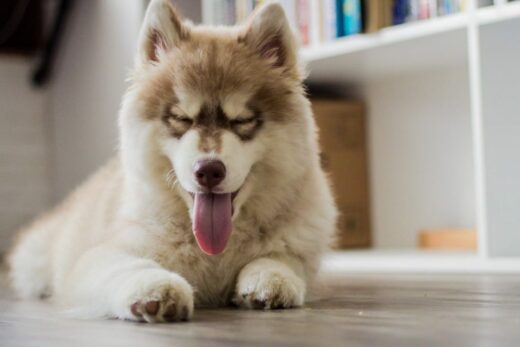
We look closely at our dog’s eyes every day and most owners will notice if something is different right away. Realising your dog may have an issue with their eye health can be jarring, as we all know just how important their vision is for their day to day life.
Signs that your dog may have a problem
There are a range of signs your dog may display when something is going on with one or both of their eyes. These signs may progress slowly or come on seemingly overnight. Watch out for the following:
- Squinting (a sign of discomfort)
- Discharge. This may be in a range of colours including transparent, yellow, green or brown. For some, it streams down their face. For others, it clumps together and causes matted fur.
- Redness of the lining of the eye (the conjunctiva).
- Cloudiness
- Signs of irritation which may include face rubbing or pawing at the eye
When to visit the vet about your dog’s eyes?
Home is not the place to be diagnosing or attempting to treat an eye issue. It is important that a dog with an eye problem be seen by a vet right away. This is especially true if they seem in discomfort or are a dog breed known to suffer with significant eye issues such as a Pug or Shih Tzu.
The vet will check your dog all over and ask you questions about the signs you’ve noticed. They will assess your dog’s vision and ocular reflexes and should look right into the back of the eye to assess the retina. It is likely your vet will measure your dog’s tear production and stain the cornea for any scratches or ulcers. If there is a concern for glaucoma (raised pressure), the eye pressure will be measured. All of these tests can be done quickly and during a routine consultation by a ‘GP’ vet.
Common eye issues in dogs
While there are a huge range of eye conditions that can affect dogs, below is a short explanation of some of the more common ones.





